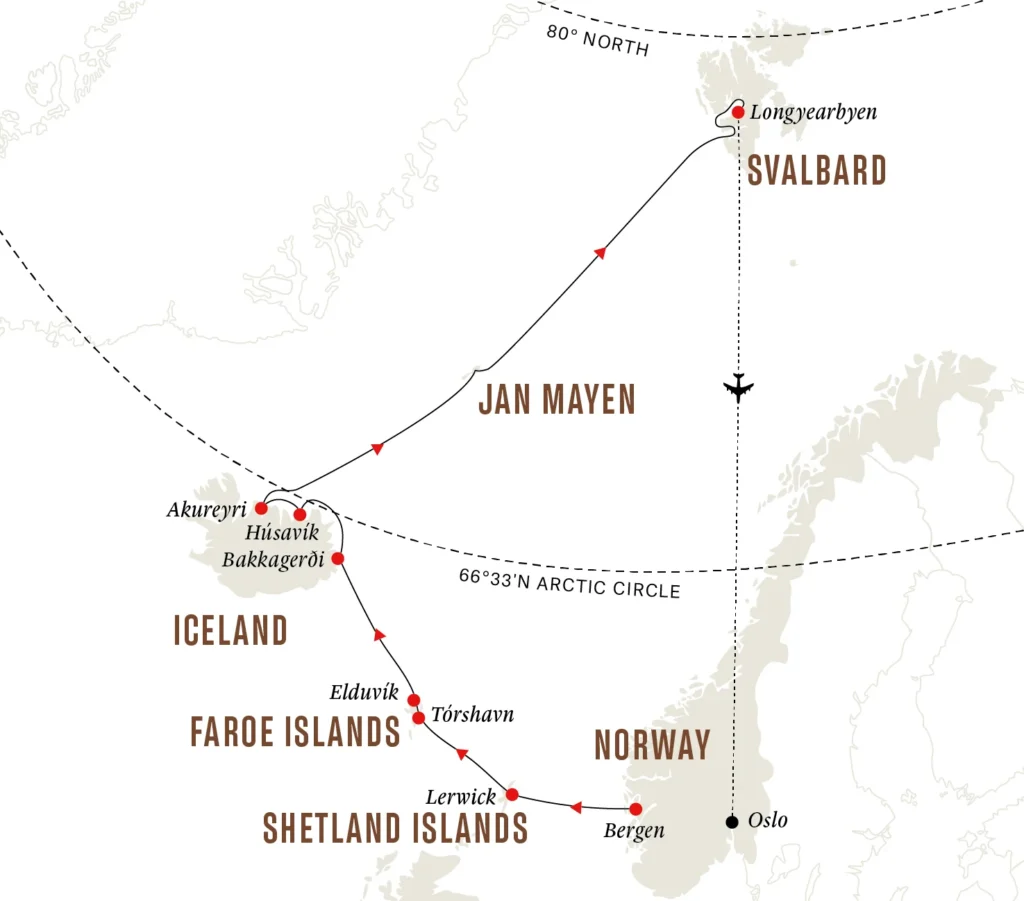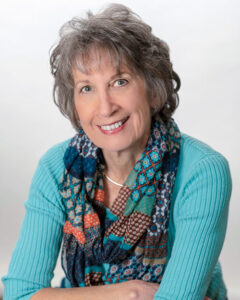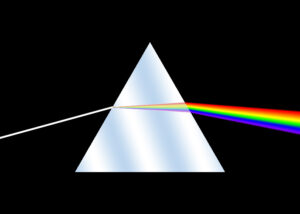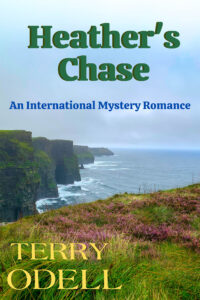Where Does My Book Belong?
Terry Odell

Back in the days before I even gave writing a passing thought, my reading tastes ran to mystery and science fiction. Later, when I was toying with writing an original piece, I headed for the mystery genre. My daughters, who were reading sections as I wrote them, told me it was a romance. What? I’d never read a romance. Later, I learned there were sub-genres of romance, and one, dubbed romantic suspense, was included under the romance umbrella. I’m still irked that they didn’t call it romantic mystery because suspense is a different sub-genre under the mystery umbrella. I asked, and was told that the powers that be had decided to lump all mystery sub-genres together in the romantic suspense category.
For the record, writing a Romantic Suspense, be it mystery, suspense, thriller, police procedural or any other mystery genre, means you’re effectively writing two stories, with two protagonists who are almost equals, each with their own character arc. They can be working together or in competition, but they have their own GMCs. Not easy!
Readers of any romance genre bring their own expectations, and if there’s “romance” anywhere in the book description, they want—at the very least—a promise of a Happily Ever After. Of course, you have to solve the mystery, too. Or, in the case of my Blackthorne, Inc. novels, which are “action adventure romance”, you have to catch the bad guys.
Readers in bookstores—or libraries—gravitate to the shelves that hold the genres they’re looking for. When I was shopping my first true mystery, Deadly Secrets, it was turned down because the publisher wouldn’t know how to categorize it. Yes, it was a police procedural, but it had a “cozy” feel, and I was told to pick one, rewrite, and resubmit, or submit something else that fit their cubbyholes.
I was fortunate with the timing for this one—indie publishing had just become a thing, and I could publish it myself. Which I did.
Of course, all publishers, be they indie or traditional, have to fill out categories and keywords for their books. Something to let readers know what to expect. But ebook publishers can choose more than one category, because the shelves in online bookstores are almost infinite. You no longer have to be a huge best seller to warrant shelf space in two departments (think JD Robb, whose books can be found on both the romance and mystery shelves in brick and mortar stores).
When I returned from my trip through the British Isles, I thought I’d write a simple romance. (Motivation—write off the cost of the trip.) It didn’t take me more than a few chapters to realize I had to include mystery elements. The category romance genre (think Harlequin) wasn’t working for me.
Now, I’m writing a novel, Double Intrigue, set on a Danube River cruise. (Same motivation as above). As with Heather’s Chase, the book set in the British Isles, my intention is to subtitle it “An International Mystery Romance,” thus connecting these two books.
Here’s my dilemma. My main characters are not law enforcement by any stretch of the imagination. Not even amateur sleuths. Their relationship begins simply as two people who meet on a cruise. Their goals are completely different. One, Shalah, is a travel agent who’s got her big chance to prove herself and move up in the company she works for by documenting her trip so the agency can sell the itinerary.
The other main character, Aleksy, is from Prague, and he’s involved in some shady doings in the art world.
Because I’ll be including “romance” in the metadata, their attraction must end up fulfilling a romance reader’s expectation, which, in this case, is a promise of that HEA. I don’t wrap up my books with 2 kids, a dog, and a white picket fence.
Aleksy appears to be in line to succeed the current head of the “institute,” but does he want to continue doing what he’s spent his life doing? Is the institute on the verge of being discovered for what it really is? Would he be arrested? Is his best option to get off the cruise ship and disappear?
Oh, and then there’s the “twins separated at birth” trope that shows up, too. Contrary to expectations, Shalah and her newly found sister aren’t getting along well.
What about the “mystery” angle? Can I even call it a mystery? There’s no crime being solved on the page. No cops or detectives as major players. What other shelves could it fit on?
How would you classify this book, TKZers?
One more thing. Speaking of travel, I’m leaving Sunday for a trip to the Faroe Islands. It’s a photography workshop. Maybe I can come up with an idea for another book. And another tax write off. And some more “Wanderings” posts for my new Substack. This week, it’s about my trip to Croatia.
How can he solve crimes if he’s not allowed to investigate?
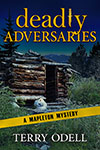 Gordon Hepler, Mapleton’s Chief of Police, has his hands full. A murder, followed by several assaults. Are they related to the expansion of the community center? Or could it be the upcoming election? Gordon and mayor wannabe Nelson Manning have never seen eye to eye. Gordon’s frustrations build as the crimes cover numerous jurisdictions, effectively tying his hands. Available now in ebook, paperback, and audio.
Gordon Hepler, Mapleton’s Chief of Police, has his hands full. A murder, followed by several assaults. Are they related to the expansion of the community center? Or could it be the upcoming election? Gordon and mayor wannabe Nelson Manning have never seen eye to eye. Gordon’s frustrations build as the crimes cover numerous jurisdictions, effectively tying his hands. Available now in ebook, paperback, and audio.
 Like bang for your buck? I have a new Mapleton Bundle. Books 4, 5, and 6 for one low price.
Like bang for your buck? I have a new Mapleton Bundle. Books 4, 5, and 6 for one low price.
New! Find me at Substack with Writings and Wanderings
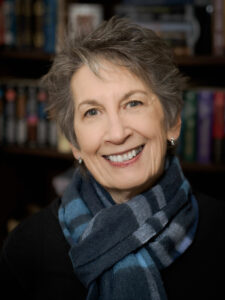 Terry Odell is an award-winning author of Mystery and Romantic Suspense, although she prefers to think of them all as “Mysteries with Relationships.”
Terry Odell is an award-winning author of Mystery and Romantic Suspense, although she prefers to think of them all as “Mysteries with Relationships.”

